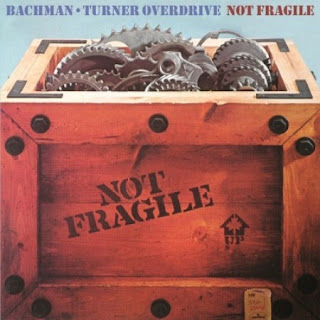Gary Moore's beginnings date back to the late sixties when he came from Belfast and at only 17 years old he joined a band called Skid Row (to be confused with the band of the same name of North American origin from the decade of the eighties).
With this band Gary Moore would record three albums and would become known by opening for leading bands such as Mountain or The Allman Brothers throughout the United States.
Already in 1973 Gary Moore decided to found his own band and under the name of The Gary Moore Band, he recorded his first album entitled "Grinding Stone", where the Irish guitarist already announced what was to come in the following years.
"Grinding Stone" is a superb album of hard rock and psychedelic blues with outstanding compositions such as the opening song "Grinding Stone", a psychedelic instrumental where Moore shows his talent with the six strings, the epic with progressive overtones "Spirit" or the Boogie Blues "Boogie My Way Back Home".
From here Gary Moore would not stop publishing records with different formations such as Colosseum, Thin Lizzy or solo and being recognized worldwide as one of the great guitars in rock history.


















































